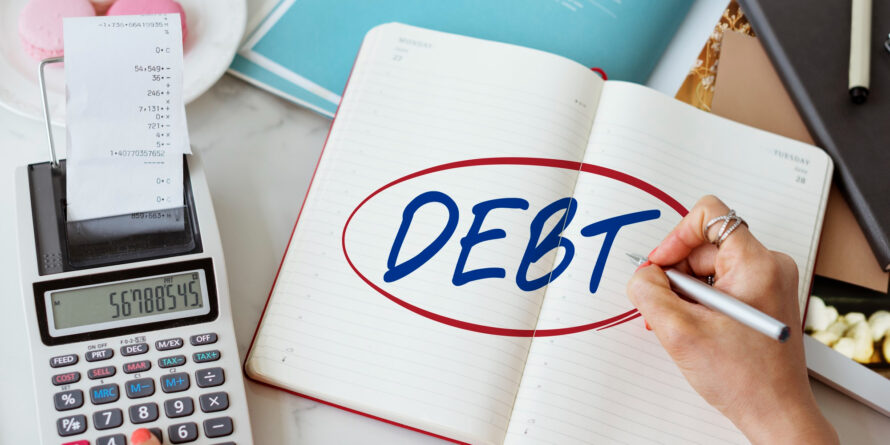Controlling debt is the first step to financial stability. When it comes to managing your money, the right strategies can help you reduce stress, save on interest, and get ahead with long-term wealth building. This guide takes you through how to successfully manage credits, from evaluating your bills and determining the best way to repay them.
Assess Your Current Debt Situation
Start by gathering all your loss details. List each account, including balances, interest rates, and minimum payments. Tools like a debt payoff calculator can help you visualize timelines and interest costs.
Understanding your total sum load is the foundation of personal cash management. For example:
- Credit card balances often carry high rates (15–25% APR).
- Student loans or mortgages may have lower rates but larger principal amounts.
Knowing these numbers lets you prioritize and manage debt wisely.
Create a Realistic Budget
It’s still your debt management roadmap. Keep track of income and credit expenses in order to prioritize cash for repayment.
Steps to build one:
- List monthly income.
- Categorize expenses (needs vs. wants).
- Allocate extra funds to debt.
Trim non-essentials, such as dining out, to speed up that repayment. Planning with reasonable budgets helps in making it a well-organized process to manage debt.
Choose the Right Debt Management Strategies
There are two common methods of managing debt:
Debt Snowball Method
Make minimum payments on all bills and extra payments on the smallest balance. Once one is cleared, set aside the amount you were paying on that loan and roll it into your next smallest payment. This system builds momentum and motivation.
Debt Avalanche Method
Apply extra focus on a surplus to the highest-interest loss while paying minimums on the others. This will save you the most money over time by reducing your credit interest costs.
Choose based on what keeps you committed. Both are tools that help you systematically manage your loan.
Explore Debt Consolidation Options
If juggling multiple payments feels overwhelming, consolidate. Combine multiple problems into a single loan with a lower rate. This simplifies personal credit management and may reduce costs.
Pros:
- Single monthly payment.
- Potentially lower interest.
Cons:
- Requires good credit for the best rates.
- Risk of extending the repayment term.
Use consolidation as a tool, not a cure-all, in your plan to manage debt.
Build Healthy Credit Habits
Credit plays a big role in managing debt. Keep utilization below 30% and pay on time to improve your score. A better score opens doors to lower rates on future borrowing.
Avoid new bills while repaying existing balances. Focus on using cash or debit for purchases to break the credit cycle.
Increase Income and Reduce Expenses
Boost repayment by earning more or spending less:
- Side gigs (freelancing, rideshares).
- Sell unused items.
- Negotiate bills (cable, insurance).
Every dollar saved or earned goes toward your credit score, speeding up your journey to financial freedom. Learn more in our guide on the six steps to financial independence.
When to Seek Professional Help
For complex situations, consider credit counseling or nonprofit deficit management plans. They negotiate lower rates and create structured repayment.
Avoid for-profit settlement companies that may harm your credit.
Final Thoughts on Personal Debt Management
Effective debt management strategies combine assessment, budgeting, smart repayment, and discipline. Start small, stay consistent, and use tools like our debt payoff calculator to plan.
By learning to manage debts wisely, you’ll reduce financial stress and pave the way to lasting stability. Take the first step today — your future self will thank you.
August 15, 2023


